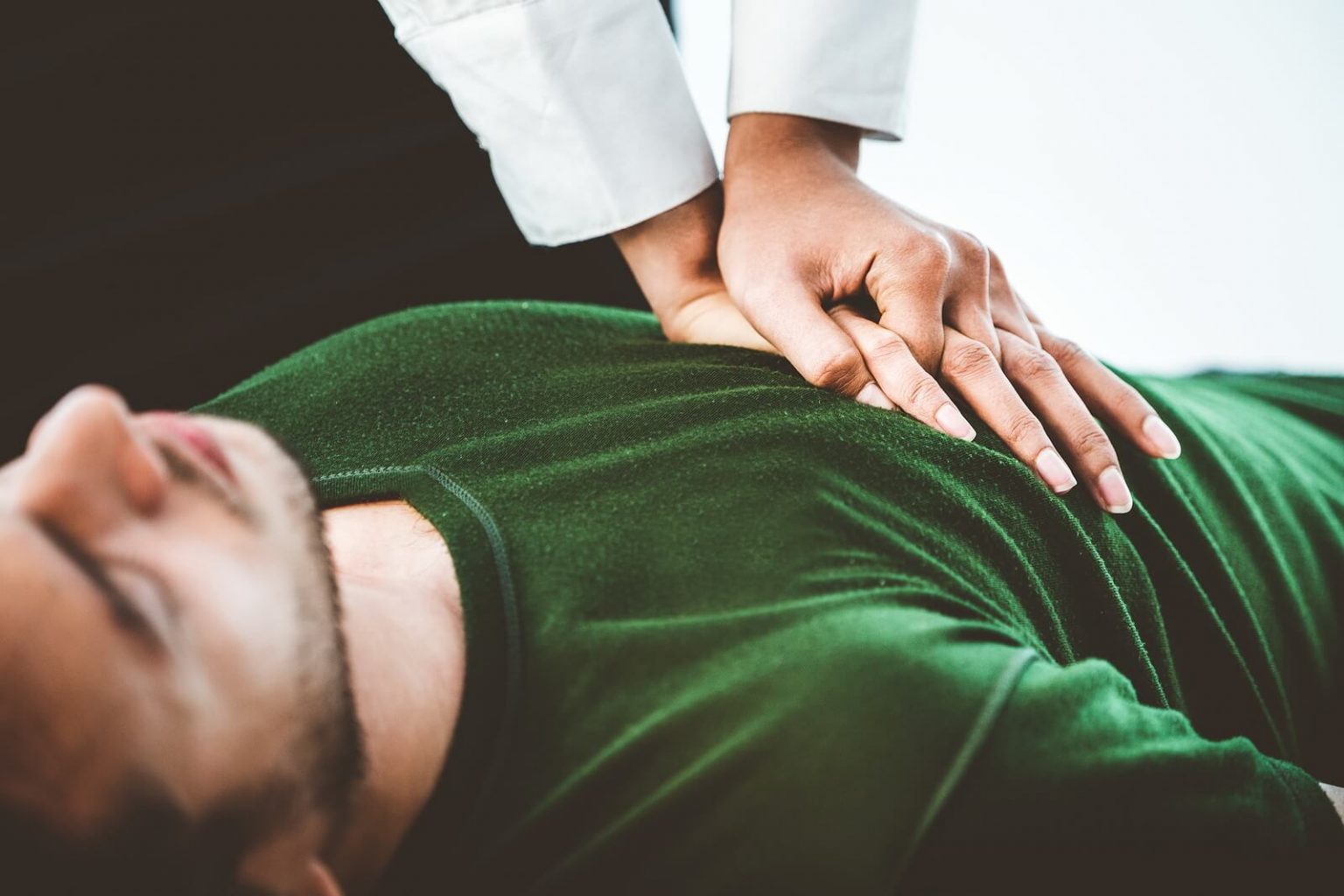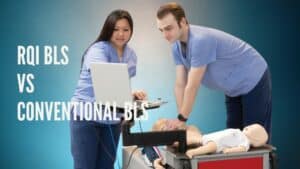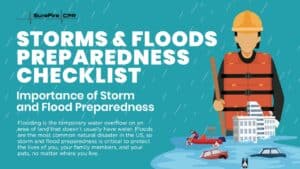You’ve arrived at the scene and a patient is unconscious and is not breathing. You check for a pulse and determine that their heart is functioning. This could be a case of respiratory arrest, which is when a patient has stopped breathing but their heart is still functioning.
Respiratory arrest is a life-threatening, potentially fatal situation; in this scenario, every second counts. As such, it is important to be able to pinpoint the type of arrest the patient is experiencing quickly and begin treatment as soon as possible. Early intervention is key.
So, what is the difference between respiratory arrest and cardiac arrest? Is CPR for respiratory arrest? CPR and BLS training will equip you with the answers to these questions and more.
What is respiratory arrest?
Respiratory arrest is when a patient has ceased breathing. During respiratory arrest, the body is no longer getting oxygen to the brain, heart, and other vital organs. Every minute that the brain goes without oxygen could have long-term impacts, and so rapid management of the condition is crucial. Oftentimes, the patient will have already been experiencing respiratory distress that has gone unidentified or untreated, ultimately developing into respiratory arrest.
What causes respiratory arrest?
A patient may experience respiratory arrest when the nerves and muscles cannot support respiration. There are many potential causes of this, including:
- A head injury
- A crush chest injury
- Drug overdose
- Drowning
- Neuromuscular diseases such as ALS
- Stroke
- Airway obstruction
What is the difference between respiratory arrest and cardiac arrest?
It can be difficult to understand the difference between respiratory arrest and cardiac arrest as the two often go hand in hand. Sometimes, respiratory arrest can lead to cardiac arrest, and other times the two will even occur simultaneously.
On the surface, the symptoms look quite alike; in both cases, the patient will be unconscious and will not be breathing. However, the difference between cardiac vs respiratory arrest is that in cases of respiratory arrest, the patient will have a detectable pulse as the heart is still functioning and pumping blood throughout the body.
Sudden cardiac arrest (SCA) is when a patient is experiencing an electrical disturbance in the heart, which will interrupt the heart’s rhythm and potentially halt heart function, breathing, and consciousness. Blood flow will stop, and so during sudden cardiac arrest, the patient will not have a strong pulse.
Do you do CPR for respiratory arrest?
So, the answer to this question depends on your level of training.
If you are a professional healthcare provider, you will take basic life support (BLS) training every 2 years. In BLS class, you will learn how and when to check the patient’s pulse before performing CPR. If the patient is an adult, has a pulse, and is not breathing, you will assist ventilations, continue to monitor the pulse and not initiate CPR. If the patient is a child and the pulse rate is 60 or above, you will also assist ventilations, continue to monitor the pulse and not initiate CPR. If the patient is a child and the pulse rate is below 60, you will start CPR.
If you are not a professional healthcare provider, you will take a “layperson” CPR course. In these courses, if a patient is unconscious and not breathing normally CPR is initiated. Respiratory arrest will not be determined because studies have shown that it is very difficult to check a pulse for layperson rescuers, especially during an emergency.
(Remember, CPR guidelines can change on a regular basis, so please make sure you are referencing the most current guidelines when doing your research!)
How do you treat respiratory arrest?
Once respiratory arrest is identified, the BLS-trained responder should begin management. Brain damage or cardiac arrest can occur in just minutes, and so it is essential that proper treatment is administered quickly. Instead of administering CPR, you’ll want to follow basic life support (BLS) practices.
The following are some of the steps that can be taken to manage respiratory arrest:
- Open the airway
- Apply bag-mask ventilation
- Prepare for an advanced airway
- Use the head tilt/chin lift maneuver if there is no cervical spine injury
- Use the jaw thrust maneuver if there is a potential injury to the cervical spine
- Check that you are providing sufficient oxygenation
- Avoid over ventilation
- Monitor the pulse for any signs of cardiac arrest
Why is BLS certification important?
As with cardiac arrest and other life-threatening conditions, respiratory arrest is an incredibly time-sensitive situation. As a doctor, nurse, or EMT, you’ll need to be confident in your diagnosis and take decisive action. When you receive BLStraining, you’ll gain the skills and knowledge needed in order to jump to action ASAP––and to give the patient the best possible chance of recovery.
What will you learn during BLS certification?
During BLS certification, you will become qualified to perform BLS. You’ll learn Adult, Child, and Infant CPR, how to use the AED, and conscious and unconscious choking for victims of all ages. You’ll also learn how to check for pulses, determine respiratory arrest, and be familiar with airway devices (bag valve masks, endotracheal tubes, and breathing barriers). Team based CPR and special resuscitation situations are also covered. At the end of your course you’ll receive a 2 year BLS certification from the American Heart Association.
Earn Your BLS Certification with SureFire CPR
Any healthcare professional or first responder who might encounter cardiovascular emergencies on the job should receive BLS certification with SureFire CPR. The expert team here at SureFire CPR can help answer any questions you may have––because we’ve been out on the field treating respiratory arrest and more as EMTs, paramedics, and nurses ourselves.
Our online BLS certification course can be taken online or in-person, and it’s easy to fit into your busy schedule. We want our students to leave the classroom (or complete the online training) feeling confident, prepared, and capable. To achieve this, we use a combination of hands-on skills practice, expert lessons, and real-life scenarios to prepare you with everything you need.
Have any questions? Ready to enroll? You can contact us by phone at (888) 277-3143 or reach out via our online contact form!







